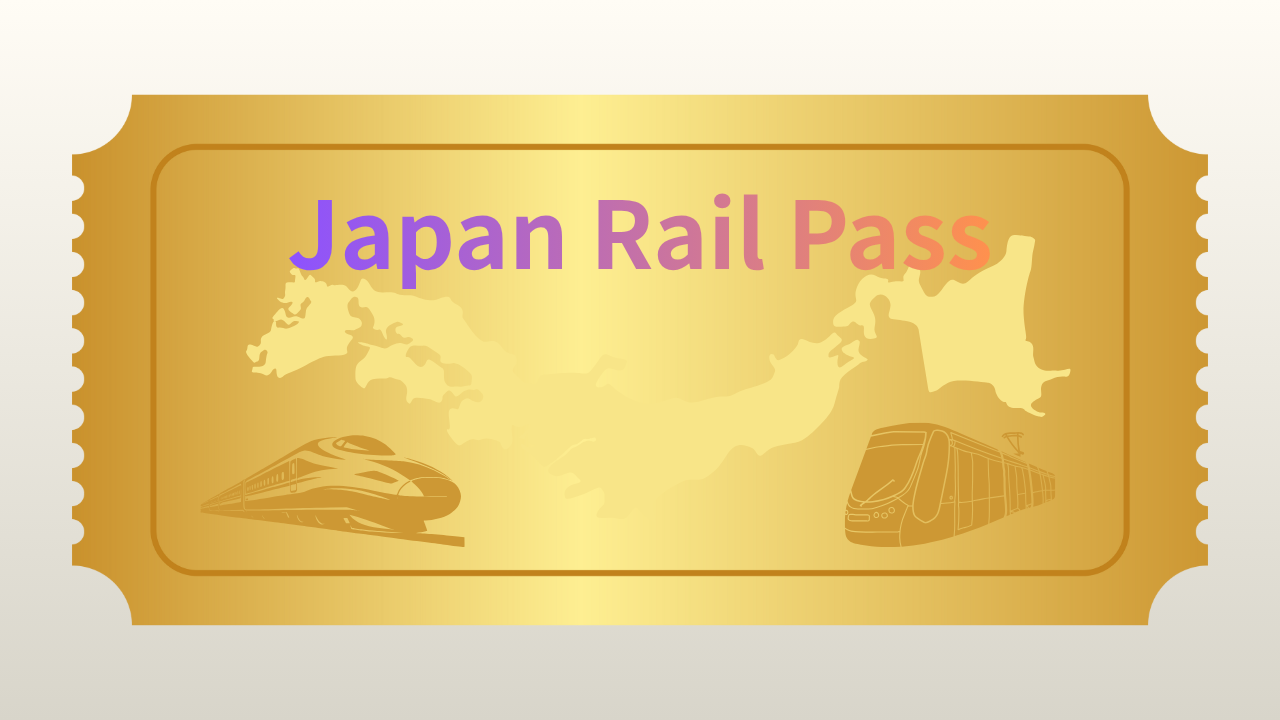Everything you need to know about eligibility, pass types, purchase & exchange, child rules, and practical tips—especially if you plan to mix sightseeing with a ski trip to places like GALA Yuzawa.
1. What is the Japan Rail Pass?
The Japan Rail Pass is a cost-efficient rail pass jointly offered by the six JR Group companies. It enables extensive travel across Japan on most JR trains, including Shinkansen (bullet trains), limited-express, rapid, and local services. The pass comes in two classes—Ordinary and Green—and in three durations: 7, 14, and 21 days.
2. Restrictions & special rules
Note that the JR Pass does not allow travel on the Nozomi and Mizuho services on the Tokaido/Sanyo/Kyushu Shinkansen lines. Using those trains requires a separate ticket or a special authorization.
3. Who can use the JR Pass?
- Foreign visitors entering Japan under temporary visitor (short-term stay) status for tourism.
- Japanese nationals resident overseas who can provide documents proving continuous overseas residence of 10 years or more (issued by an overseas mission, etc.).
4. Fare Table
Below is an example fare chart for the two JR Pass classes (Green Car and Ordinary). Prices are shown in Japanese yen (¥).
| Duration | Green Car | Ordinary Car | ||
|---|---|---|---|---|
| Period | Adult | Child | Adult | Child |
| 7 days | ¥70,000 | ¥35,000 | ¥50,000 | ¥25,000 |
| 14 days | ¥110,000 | ¥55,000 | ¥80,000 | ¥40,000 |
| 21 days | ¥140,000 | ¥70,000 | ¥100,000 | ¥50,000 |
Notes:
- “Child” applies to travelers aged 6 (inclusive) to under 12 at the time of travel. Travelers aged 12 and above are treated as adults. (Some web/offline sales may allow special handling if the child was 11 at payment or voucher issue.)
- Prices shown are samples. Check the official JAPAN RAIL PASS site or authorized sellers for current rates, taxes, and availability.
- The JR Pass does not cover Nozomi or Mizuho services on the Tokaido/Sanyo/Kyushu Shinkansen lines; separate tickets are required for those trains.
5. How to buy & exchange the pass
(1) Buy online (recommended)
Purchase through the official JAPAN RAIL PASS RESERVATION site using a passport and credit card. After purchase, you’ll receive confirmation; upon arrival in Japan take your confirmation and passport to the specified JR exchange office to receive your physical pass.
Web buyers can also reserve Shinkansen or limited-express reserved seats before arrival—very handy in peak season.
(2) Buy via overseas agents
Purchase an exchange order from a designated overseas agency, then exchange the voucher for the JR Pass at designated JR exchange offices in Japan (airports and major stations). Always bring your passport and proof of eligibility.
6. Practical tip: skiing & short trips
If you plan a ski day from Tokyo, GALA Yuzawa is exceptionally convenient: the station links directly to the ski resort via Shinkansen. It’s perfect for a day trip. But if your itinerary is only a single short ski day, buying the JR Pass solely for that is usually not cost-effective.
The JR Pass delivers the most value when your trip includes multiple long-distance legs—e.g., Tokyo → Nagoya → Osaka → Hiroshima—or when you combine sightseeing with regional hops and overnight stays.
7. Final thoughts
The Japan Rail Pass is an extremely powerful tool for travelers who want to experience Japan by rail. It provides convenience, flexibility, and savings for multi-city itineraries. Confirm your eligibility, understand the Nozomi/Mizuho restriction, and decide whether the pass matches your travel plan. Used smartly, it transforms a complex itinerary into a smooth, memorable rail adventure across Japan.



